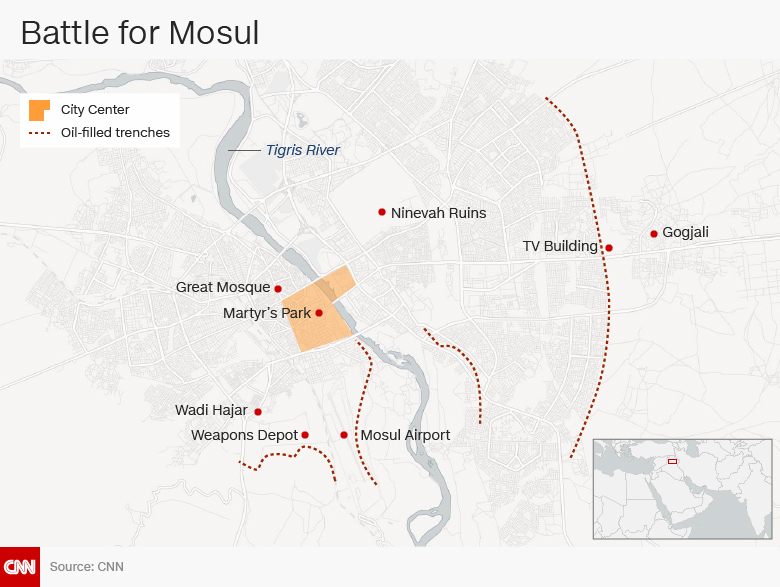
Well, it looks like Mosul is isolated, sort of: mosul-iraq-advance
The Shiite militia have cut the main road to the west of Mosul. As no one wants the Shiite militia to go into the city, this is a good use for them. Also the Turks don’t want them to advance on the Turkmen town of Tal Afar. Not sure who is supposed to take it, but it appears that Mosul is not yet completely isolated. But, I suspect that anyone ISIL wanted to stay are still in Mosul and anyone they wanted to leave has left.
Are there 5,000 ISIL fighters in Mosul? I doubt that. I suspect there is a holding force of hundreds and probably no more than a thousand. If they left more than that behind, then it is just a gift for the Iraqi Army, for the insurgents are nicely gathered together ready to be killed. They are a bigger problem is they go back to being guerillas, which is what I assume most of them are doing.
The Iraqi army has not yet entered the city. The front line in the east is just 200 meters from Mosul (two Canadian football fields away).
